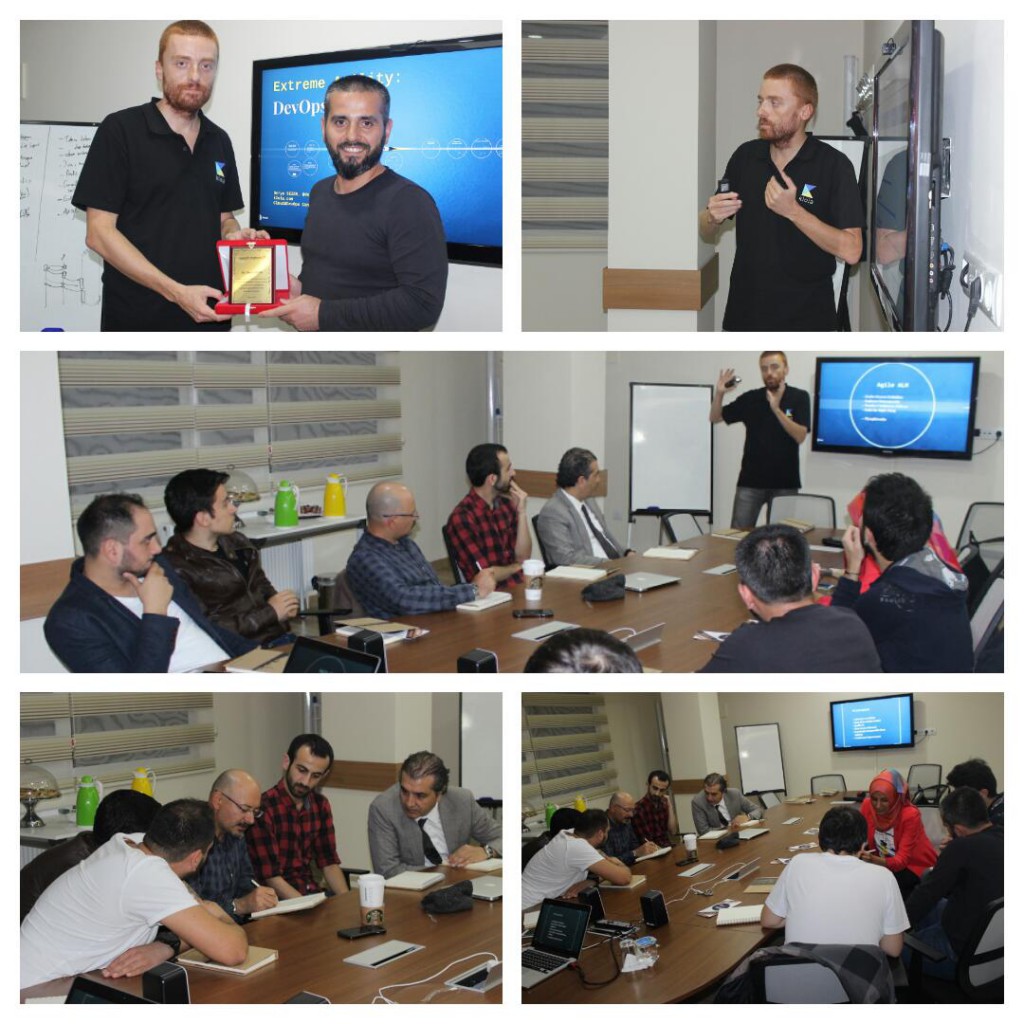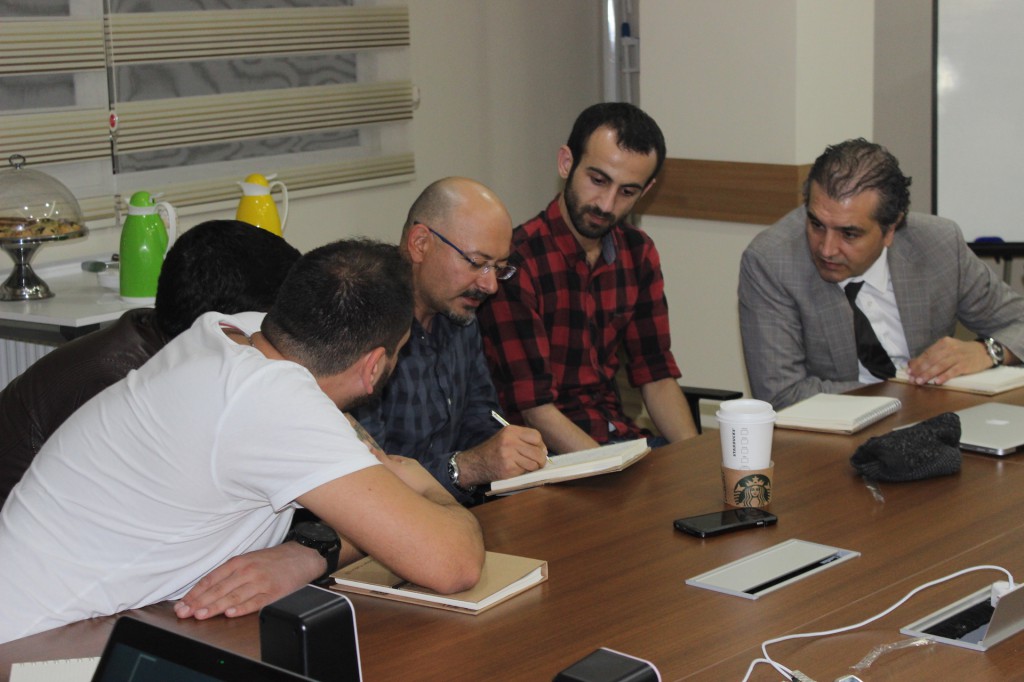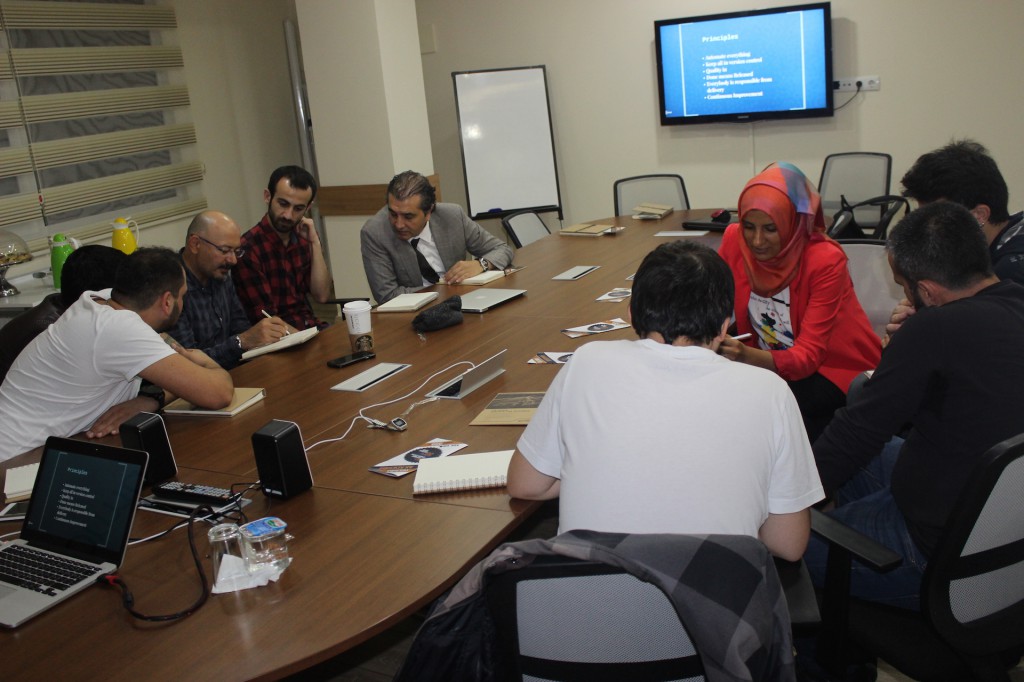


 by
by 
AWS has cool documentation but sometimes not guiding you practical solutions. If you have intended you use the following mongodb Cloudformation template:
https://aws.amazon.com/blogs/aws/mongodb-on-the-aws-cloud-new-quick-start-reference-deployment/
You will notice that, mongo is not operable. In order to achieve that you need to ssh and enter to mongo console by typing mongo:
When you check the repliaction set status you will see:
> rs.status ()
{
"info" : "run rs.initiate(…) if not yet done for the set",
"ok" : 0,
"errmsg" : "no replset config has been received",
"code" : 94
initiate the replica with:
> rs.initiate()
{
"info2" : "no configuration explicitly specified — making one",
"me" : "ip-10-0-2-241:27017",
"ok" : 1
}
You can now check the status again:
s-1:PRIMARY> rs.status()
{
"set" : "s-1",
"date" : ISODate("2016-03-23T16:00:30.805Z"),
"myState" : 1,
"members" : [
{
"_id" : 0,
"name" : "ip-10-0-2-241:27017",
"health" : 1,
"state" : 1,
"stateStr" : "PRIMARY",
"uptime" : 13924,
"optime" : Timestamp(1458748644, 1),
"optimeDate" : ISODate("2016-03-23T15:57:24Z"),
"electionTime" : Timestamp(1458748644, 2),
"electionDate" : ISODate("2016-03-23T15:57:24Z"),
"configVersion" : 1,
"self" : true
}
],
"ok" : 1
}















